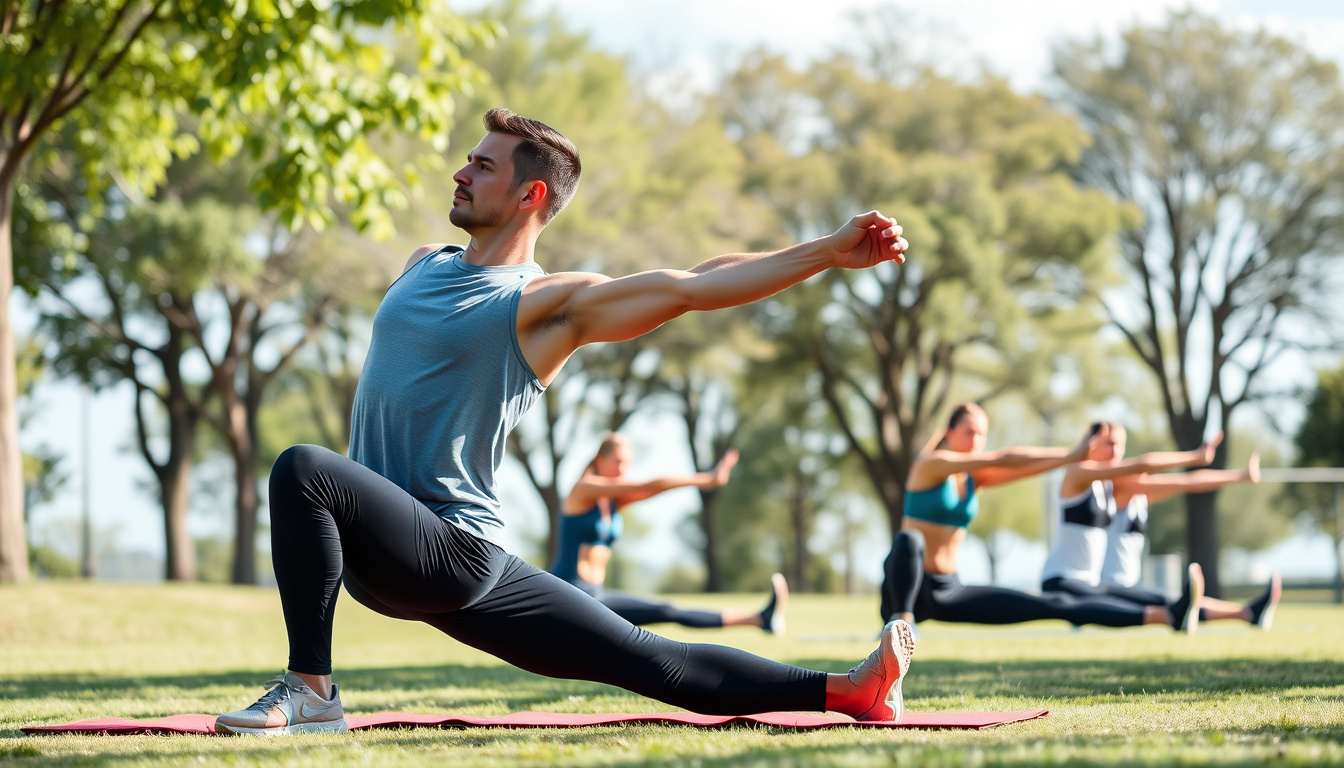In the pursuit of overall fitness, many people work on cardio and weights, yet they skip core workouts.
Your core is not just about visible abs; it supports nearly every move you make.
A strong core helps your balance, keeps your posture straight, and cuts the risk of injury.
Whether you train hard or just for fun, adding core exercises can boost both strength and stability.
Why Are Core Workouts Essential?
Your core is more than your abs.
It includes muscles near your lower back, hips, and pelvis.
These muscles work together to keep your spine and pelvis stable.
If your core is weak, you may face poor posture, back pain, or lower sports performance.
Targeted core exercises bring many gains such as:
- More overall strength
- Better balance and control
- Improved posture
- Stronger performance in sports and daily tasks
- Fewer back injuries
Key Components of Effective Core Workouts
A full core session works all key muscles, like:
- Rectus abdominis (the "six-pack" muscles)
- Transverse abdominis (deep stabilizers)
- Obliques (side muscles)
- Lower back muscles (erector spinae)
- Pelvic floor muscles
Working these muscles together helps keep your posture true and your body steady.
Top Core Workout Exercises for Strength and Stability
Here is a list of solid core exercises to build strength and stability:
-
Plank
- Targets: the entire core, shoulders, and back.
- How to do it: Get on your forearms and toes, keep your body straight from head to heels, squeeze your core, and hold for 30-60 seconds.
-
Russian Twists
- Targets: the side muscles and deep core.
- How to do it: Sit with your knees bent, lean back a bit, lift your feet if you can, and twist your body side to side, tapping the floor each time.
-
Bicycle Crunches
- Targets: your upper abs, lower abs, and side muscles.
- How to do it: Lie on your back, bring one elbow to the opposite knee while straightening the other leg, and switch sides in a steady pedal-like motion.
-
Leg Raises
- Targets: the lower abs.
- How to do it: Lie flat, lift your legs controlled toward the ceiling, then lower them slowly without letting them touch the floor.
-
Bird Dog
- Targets: the lower back and glutes.
- How to do it: On hands and knees, extend your right arm and left leg at the same time, hold briefly, then switch sides.
-
Dead Bug
- Targets: the deep muscles of your core.
- How to do it: Lie on your back, lift your legs to a 90-degree angle, extend your arms above your chest, and alternate opposite arms and legs in a controlled way.
Tips for Optimizing Your Core Workouts
- Practice regularly: Do core exercises at least 2-3 times each week.
- Keep your form strict: Good form stops injuries and brings clear benefits.
- Build your routine slowly: Add more time, more moves, or small weights as you get stronger.
- Mix for full fitness: Pair core work with strength, flexibility, and cardio for a balanced plan.
Sample Weekly Core Workout Routine
Here is a simple weekly plan to start:
| Day | Focus Exercises | Sets/Reps |
|---|---|---|
| Monday | Plank, Bicycle Crunches | 3 sets with 15 reps each |
| Wednesday | Russian Twists, Leg Raises | 3 sets with 20 twists/15 reps |
| Friday | Bird Dog, Dead Bug | 3 sets with 10 reps each |
Change the plan as you grow stronger or adjust to your goals.
Incorporating Core Workouts into Your Overall Fitness Routine
Core workouts must join your full-body training to build useful strength and sport skills.
Mix core sessions with strength moves, stretch work, and cardio for a complete program.
Common Mistakes to Avoid During Core Workouts
- Using one’s swing: Move in a steady, controlled way to work the muscles best.
- Stopping the breath: Keep your breath even to send oxygen to your body.
- Forgetting other muscles: Work all parts of your core for balance and control.
- Pushing through sharp pain: Stop moves that cause sharp or extended discomfort.
The Scientific Evidence Behind Core Workouts
Studies find that core moves work to improve posture, cut down back pain, and boost athletic play.
For instance, a study in the Journal of Bodywork and Movement Therapies finds that core training cuts back pain and builds body capacity.
Frequently Asked Questions About Core Workouts
Q1: How often should core workouts be done for best gains?
A: Aim for 2-3 sessions each week, and give your muscles time to rest.
Q2: Can core workouts help with back pain?
A: Yes, a strong core supports your spine and can ease or stop back pain.
Q3: Are core moves needed only to see abs?
A: Visible abs come when you trim body fat with food care and cardio.
Core work builds strength below the surface but won’t show abs without overall fat loss.
Conclusion: Take Charge of Your Fitness with Effective Core Workouts
A steady and strong core lays the base for a healthy, active life.
Adding core exercises into your routine not only boosts your strength but also keeps your posture smart, lowers injury risks, and improves sports play.
Stick with your plan, keep your moves strict, and watch your body grow stronger.
Start today by following a balanced core strengthening routine—your body will feel the gains.
Are you ready to boost your fitness game?
Try these core exercises in your weekly plan and feel the change for yourself!



